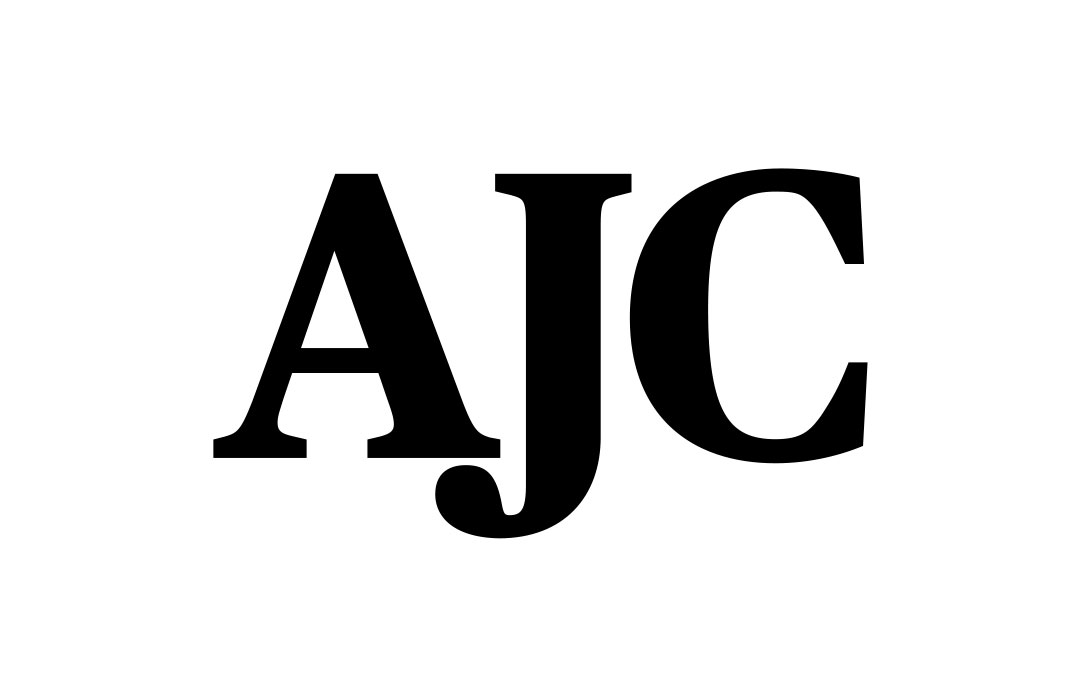The increase in healthcare costs is hitting employers and employees alike very hard. Employers are experiencing double digit increases in their healthcare premiums, which are predicted to rise more than 15 percent in 2003. In addition, employees are paying more out-of-pocket expenses. The average annual health insurance cost per employee is expected to rise from $3,692 in 1998 to nearly $6,300 in 2003 – a 70 percent jump in just five years. The reasons for rising healthcare costs include the aging of the baby boomers, the continuing introduction of new medical technologies, and higher drug and hospital costs.
The total direct and “indirect” cost of illness is significant to employers. The average per-employee cost of absenteeism in 2002 was $789 and a significanr portion of this cost is due to health-related reasons. In fact, personal illness was the single most common reason for last-minute no- shows at work. And with an aging workforce comes an increase in the percentage of workers with chronic conditions; in the 45 to 64-year-old working age group, 59 percent have hypertension and 53 percent have arthritis. Workers with chronic conditions can account for 40-60 percent of an employer’s healthcare costs.
Disease-specific examples of the impact on productivity (e.g., lost workdays) are numerous. A 1993 report found that $24 billion was lost in work time productivity due to depression. In 1997, diabetes was estimates to cause a loss of nearly 14 million disability days and an average of 8.3 days off from work compares with 1.7 days off for people without diabetes or other chronic conditions. Yet another study found that ischemic heart disease in U.S. workers resulted in annual productivity losses of $6.05 billion in 1992.
Disease Management Opportunity
Disease management can help employers reduce the costs of healthcare while at the same time improving the health and functionality of their workers. The Disease Management Association of America defines disease management as “a system of coordinated healthcare interventions and communications, for populations with conditions in which patient self-care efforts are significant”.
Disease management components include:
- Population identification
- Evidence-based practice guidelines
- Collaborative practice models to include physician and support-service providers
- Patient self-management education (may include primary prevention, behavior modification programs, and compliance/surveillance)
- Process and outcomes measurement, evaluation, and management
- Routine reporting/feedback loop (may include communication with patient, physician, health plan and ancillary providers, and practice profiling)
Programs that successfully identify and manage high-risk patients can save money while improving patient care and health. A study by the University of Michigan Center for Health Management Research found that healthier workers have:
- Lower healthcare costs
- Higher productivity
- Less absenteeism
- Reduced disability
- Lower workers’ compensation costs
- Less presenteeism
The evidence is growing that disease management improves patient Elath, satisfaction, and quality of life while reducing direct medical costs. The current American College of Cardiology/American Heart Association Guidelines for heart failure indicate that, base don observational studies and randomized trials, disease-management programs can reduce the frecuency of hospitalization and improve quality of life and funcional status. Several studies have provided evidence that disease management helps diabetic patients manage their blood sugar: one study found that diabetics who control their blood sugar cost employers only $24 per month compared with $115 per month if their blood sugars were not under control; another study found that employees with improved glycemic control had higher employment retention rates, lower rates of absenteeism and lower incidente of restricted work activity.
Employer interest in disease management has recently increased significantly. One survey found that 19 percent of large corporations have disease management programs for their employees, a twofold increase since 1997. Another survey found that 20 percent of employers were adding disease management programs in 2002 to control healthcare costs.
The potential for disease management to significantly improve patient health and productivity and reduce healthcare costs is a strong incentive for employers to offer these programs to their employees. Before implementation of such programs, employers will have to decide:
- which diseases to target in their populations
- which employees to target (high-risk or larger population)
- what level of ontervention
- resource-intensive nurse-based call system, or
- lighter-touch educational mailing to employees or their physicians
The key is to target high-cost diseases in the particular employee population to realice savings. In an older working population that might be heart disease, while in younger populations the emphasis may be diabetes.
Disease management is an underused tool in the employer market, and holds promise for controlling runaway healthcare costs while improving employee health and productivity.




